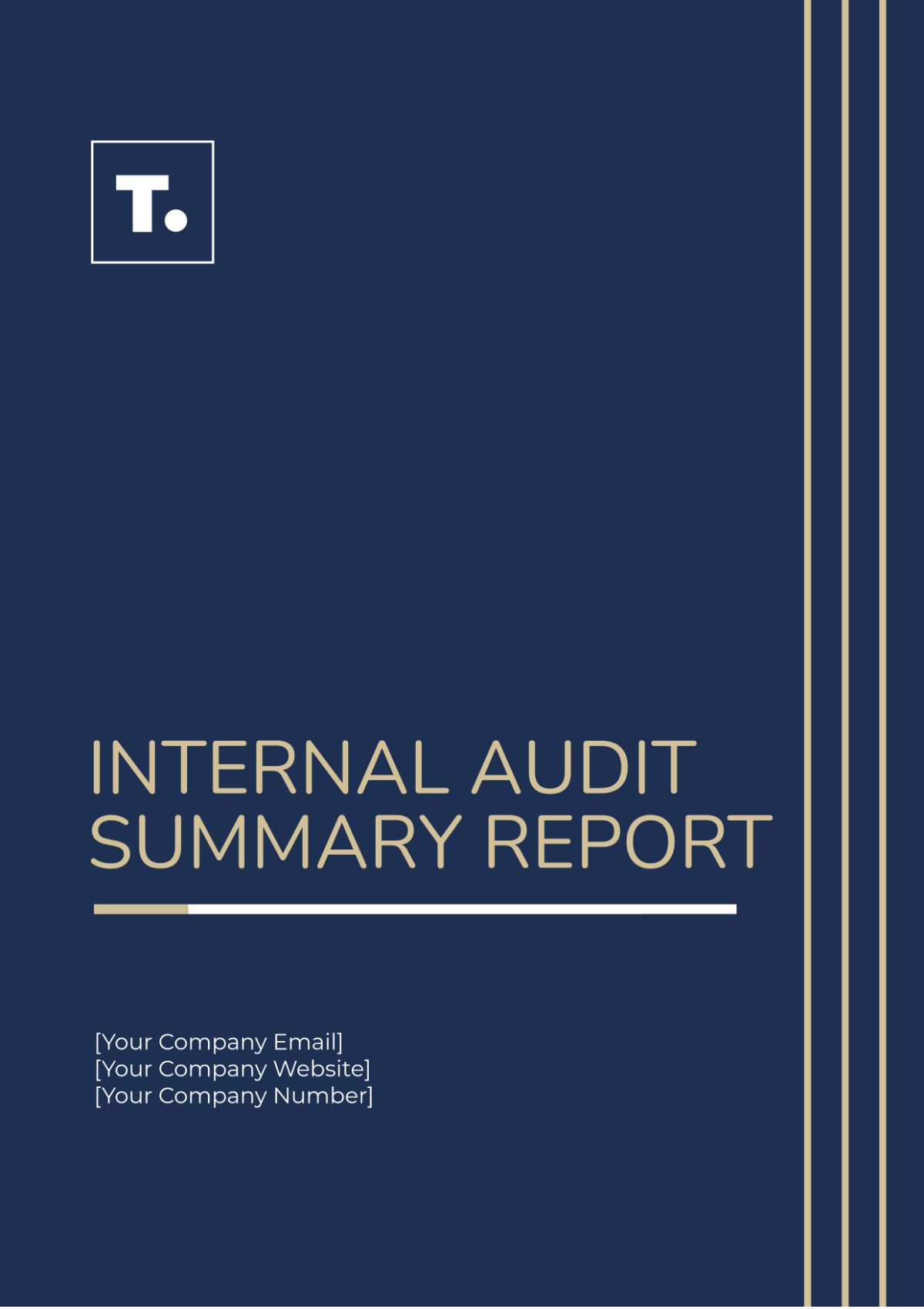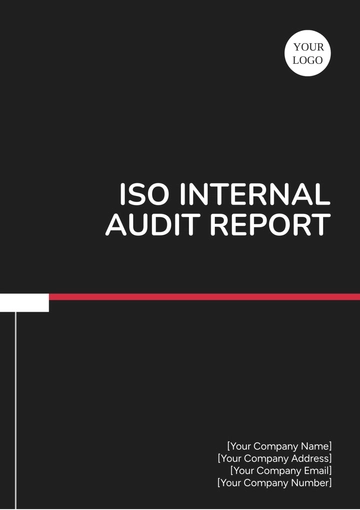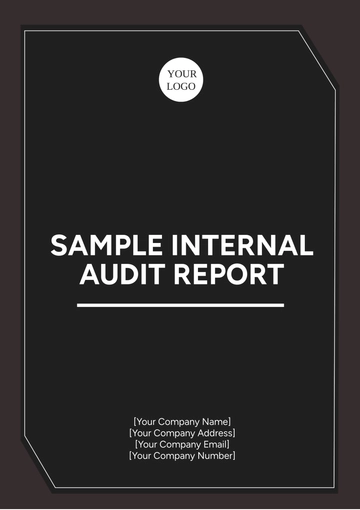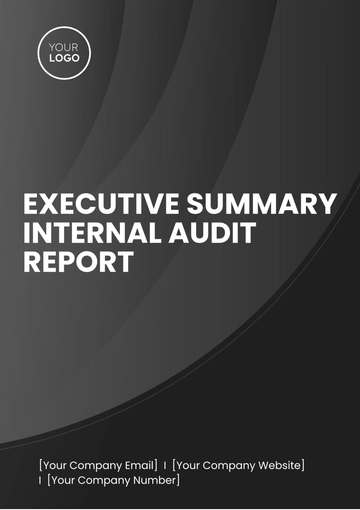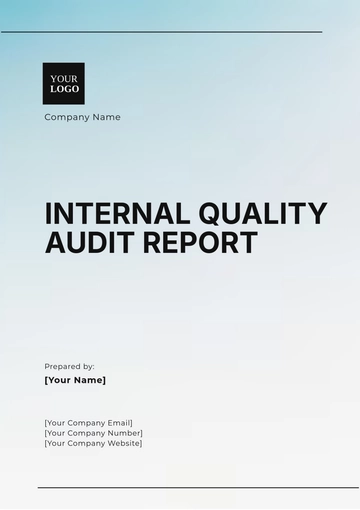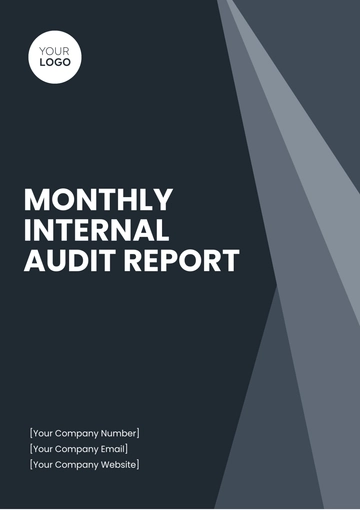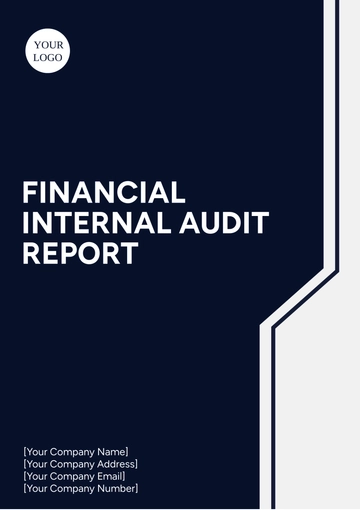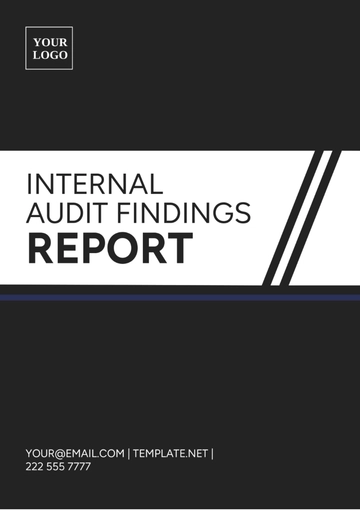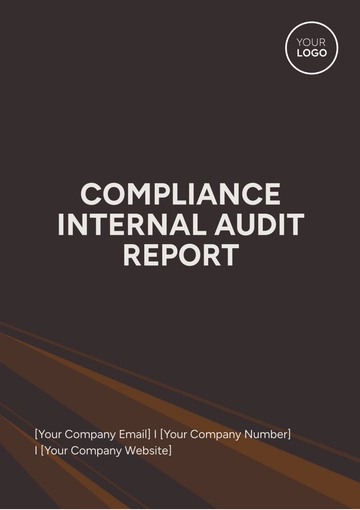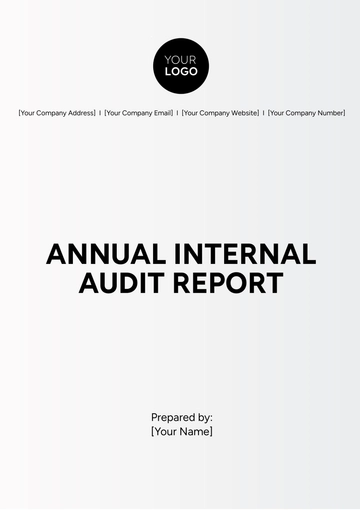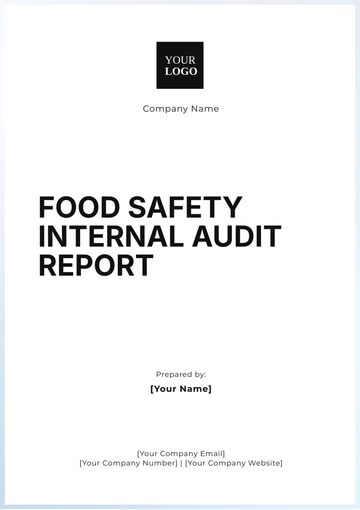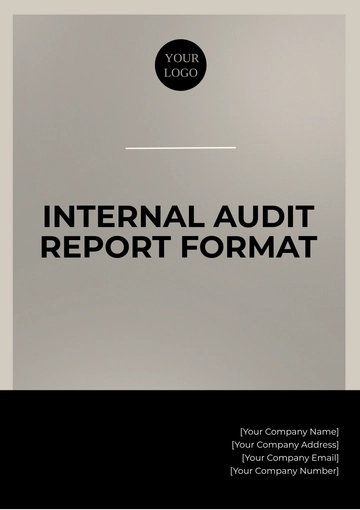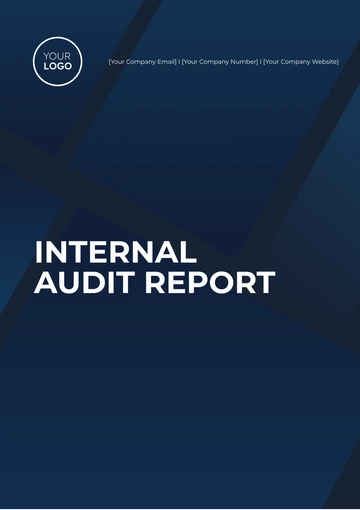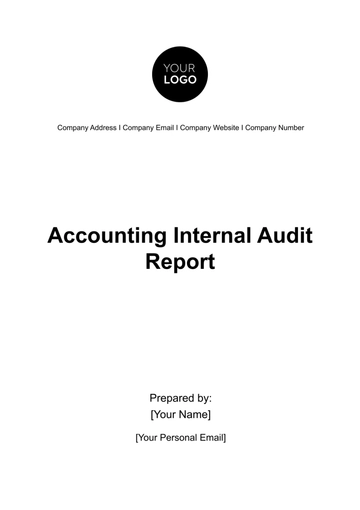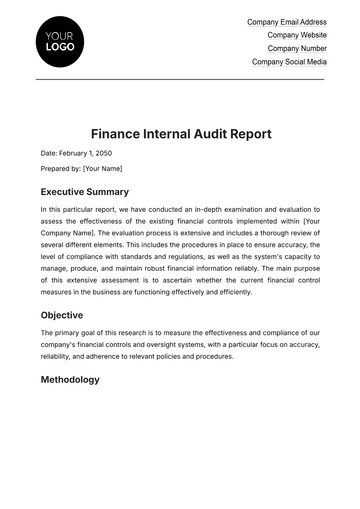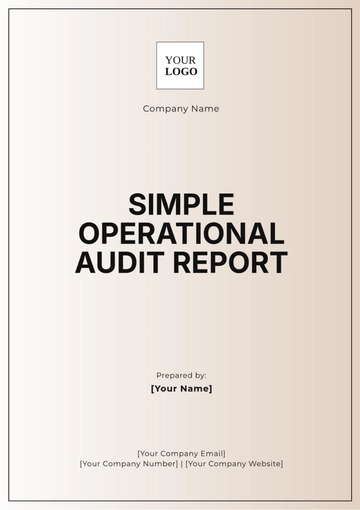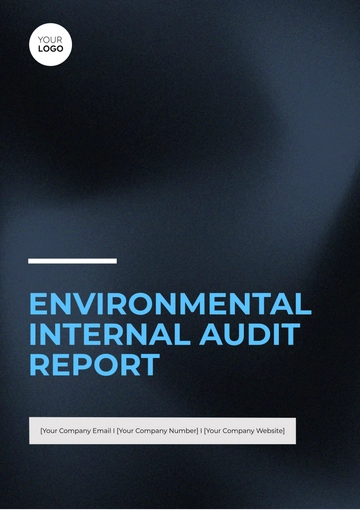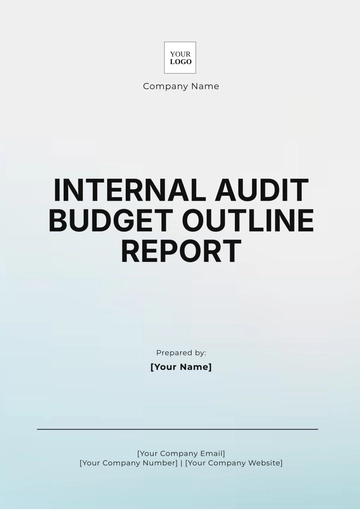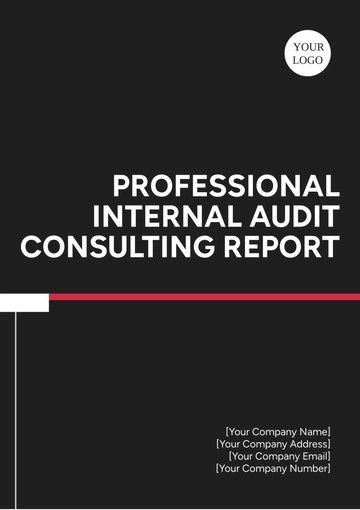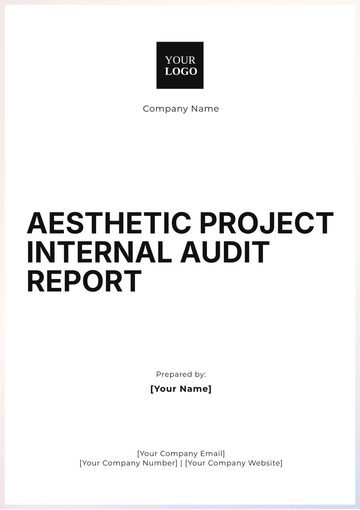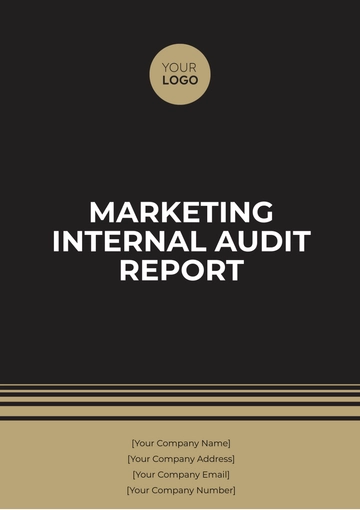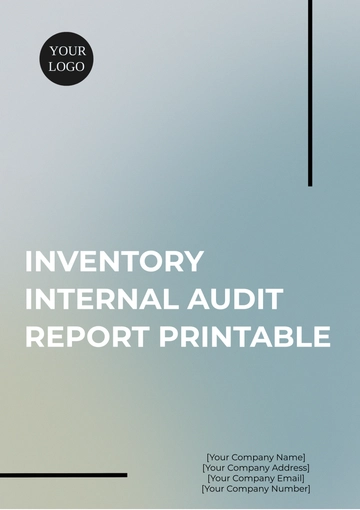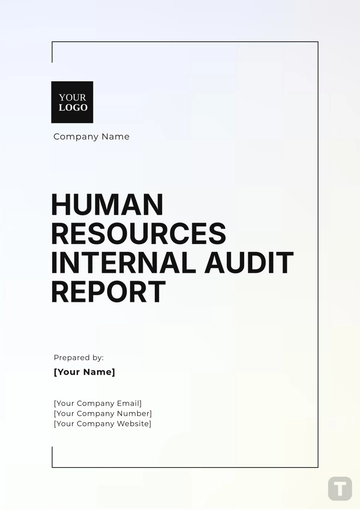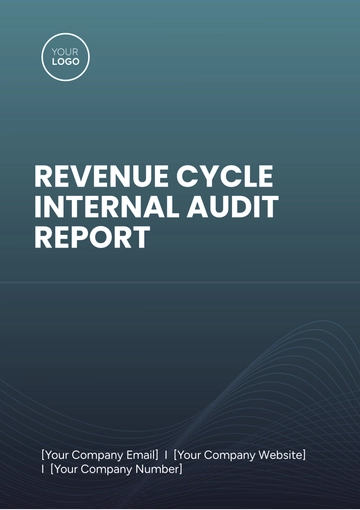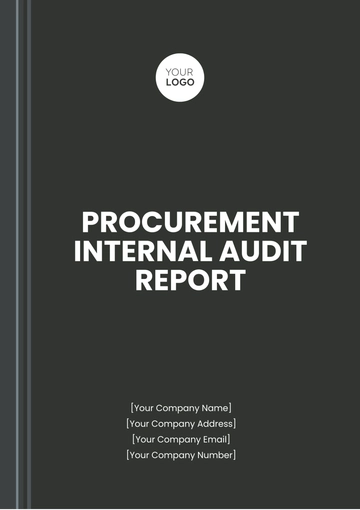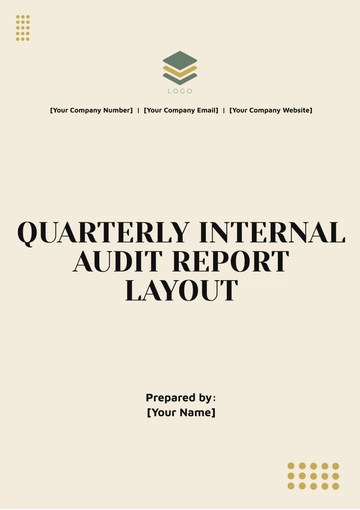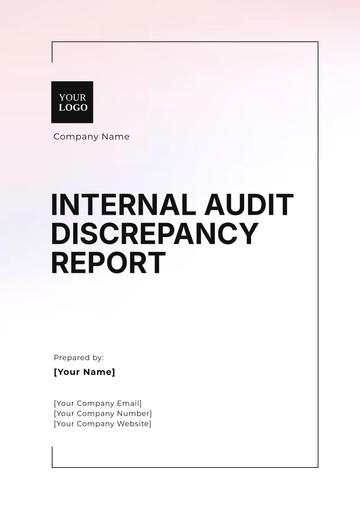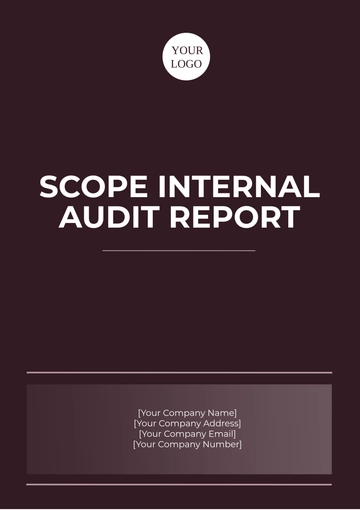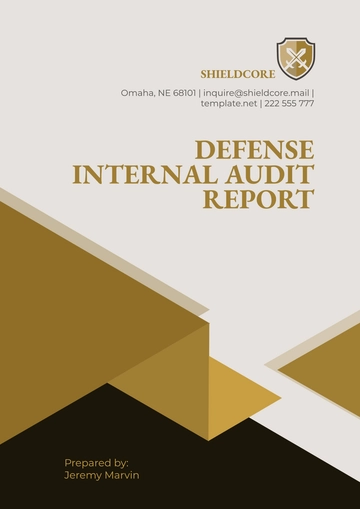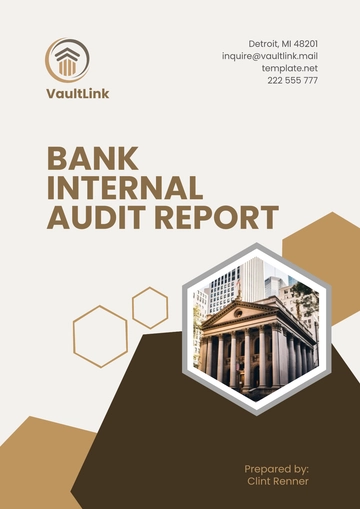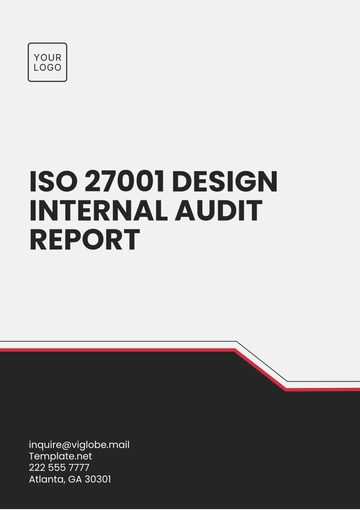Internal Audit Summary Report
Date: October 25, 2060
Prepared By: [Your Name]
Department: Internal Audit
Company Name: [Your Company Name]
1. Introduction
This report provides a comprehensive summary of the internal audit conducted within [Your Company Name] for the fiscal year ending December 31, 2060. The audit aimed to assess the effectiveness of internal controls, compliance with applicable laws and regulations, and the overall efficiency of operations. This document outlines key findings, recommendations, and management responses to enhance organizational governance and risk management.
2. Audit Objectives
The primary objectives of the audit included:
Assessment of Internal Controls: Evaluating the design and operational effectiveness of internal controls in safeguarding assets and ensuring reliable financial reporting.
Compliance Evaluation: Ensuring adherence to relevant laws, regulations, and company policies to mitigate legal risks.
Operational Efficiency Review: Identifying opportunities for process improvements to enhance efficiency and reduce costs.
3. Scope of Audit
The audit covered the following areas:
Financial Reporting: Review of financial statements, transactions, and related disclosures for the fiscal year 2060.
Operational Processes: Examination of key operational workflows in procurement and inventory management.
Compliance and Regulatory: Evaluation of compliance with regulations such as the Sarbanes-Oxley Act and the General Data Protection Regulation (GDPR).
4. Methodology
The audit methodology involved:
Interviews and Discussions: Conducting interviews with key personnel, including department heads and financial managers, to understand processes and identify areas of concern.
Document Review: Analyzing relevant documents, including financial records, operational procedures, and compliance policies to assess adherence and effectiveness.
Testing of Controls: Performing substantive tests on transactions, such as vendor payments and inventory counts, to evaluate the effectiveness of controls.
5. Key Findings
A. Internal Controls
Finding 1: Inadequate segregation of duties in the accounts payable process, increasing the risk of fraudulent transactions.
Finding 2: Lack of regular reconciliations for certain balance sheet accounts, specifically the accounts receivable and inventory accounts.
B. Compliance Issues
C. Operational Efficiency
6. Management Response
Management has reviewed the findings and recommendations provided in this report and acknowledges the necessity for improvements in the highlighted areas.
Response to Finding 1: Management will prioritize the implementation of role-based access controls and will schedule training sessions for staff by Q2 2061.
Response to Finding 2: Monthly reconciliations will be instituted starting January 2061, with the finance team assigned this responsibility.
Response to Finding 3: A compliance framework will be developed, with initial training set for all employees by March 2061.
Response to Finding 4: An inventory optimization project will be launched in Q1 2061, with external consultants engaged to assist in the analysis and implementation.
7. Conclusion
The internal audit has highlighted several areas for improvement within [Your Company Name]. By addressing the identified findings and implementing the recommended actions, the organization can enhance its internal controls, ensure compliance, and improve operational efficiency. Ongoing monitoring and follow-up audits will be essential to assess the effectiveness of the implemented changes. The next audit is scheduled for December 2061 to evaluate the progress on the recommendations.
8. Appendices
Appendix A: Detailed Audit Plan
Appendix B: List of Personnel Interviewed
Sarah Thompson, CFO
John Smith, Procurement Manager
Lisa White, IT Security Officer
Appendix C: Summary of Testing Procedures and Results
Report Templates @ Template.net
